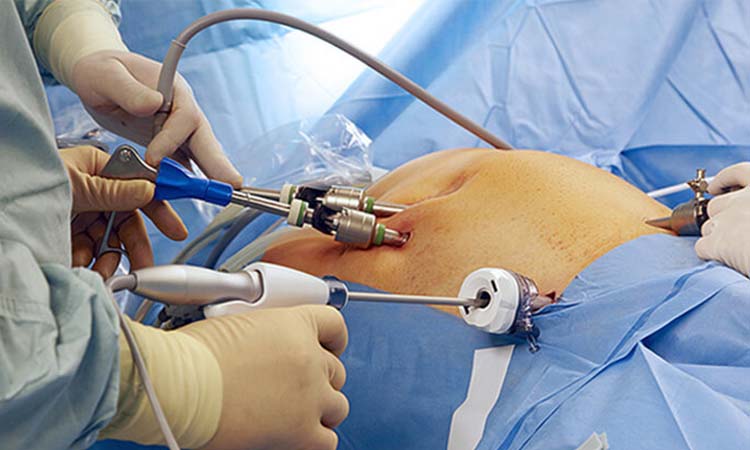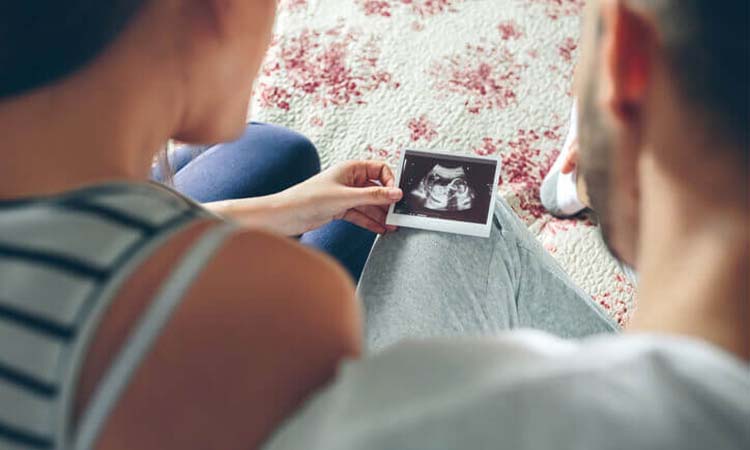What’s Hysteroscopy?
Hysteroscopy is a medical procedure done to examine the inside of a woman’s uterus (womb) to diagnose and treat the issues plant outside, similar as abnormal bleeding, fibroids, cysts, adhesion,etc.
Hysteroscopy for gravidity is done to diagnose and treat the cause of repetitious deliveries and not being suitable to get pregnant.
For Hysteroscopy, a thin and flexible telescope with a light and camera at the end known as a Hysteroscope is fitted into the uterus through the vagina and cervix. Images of the uterus are displayed on a screen, which allows the croaker to have a clear view of the inside (womb). In case of a treatment, other instruments are used with the hysteroscope.
Why is Hysteroscopy for gravidity done?
There are colorful reasons, due to which a woman might get a Hysteroscopy done. It may be needed for-
Abnormal uterine bleeding-
Chancing the cause of abnormal bleeding is one of the most common reasons for getting a Hysteroscopy done. Abnormal bleeding could mean-long and veritably heavy ages, bleeding between ages, postmenopausal bleeding (bleeding after menopause)
To treat abnormal bleeding, the uterus filling is destroyed with the help of a procedure known as endometrial ablation, which requires the use of hysteroscopy along with other instruments.
Fibroids and Cysts-Fibroids and Cysts arenon-cancerous growths in the uterus, which could have been linked at the time of an ultrasound checkup. These can also be the cause behind abnormal bleeding and are removed with the help of a Hysteroscopy.
Adhesions- Hysteroscopy is used to detect and remove bands of scar apkins in the uterus, known as uterine adhesions or Asherman’s Pattern. They’re formed due to some infection or from surgery in the history and can beget abnormal ages and gravidity as well.
Gestation issues-Hysteroscopy is also used to diagnose and treat the issues behind repeated deliveries, and gravidity.
Chancing IUDs-IUD, intrauterine bias are fitted in the reproductive system of a woman to avoid gestation. Via hysteroscopy, these IUDs are moreover removed (if the woman wants to conceive) or replaced in case they get displaced (if the woman does n’t want to conceive).
Vivisection-Hysteroscopy is also used to get a small towel sample ( vivisection) from the uterus for farther assessment.
What’s the procedure of Hysteroscopy?
Hysteroscopy is done on an inpatient, which means that the case isn’t needed to stay overnight at the sanitarium. The procedure might take 10 twinkles or one hour depending upon whether it’s being done for just opinion or treatment.
For hysteroscopy, you might be given original anesthesia to numb the cervix area. In case you need to suffer treatment along with opinion, the croaker may give you original anesthesia.
Hysteroscopy doesn’t bear any cuts, the hysteroscope is fitted in your uterus through the vagina and cervix. Before that, a tool called a speculum is used to keep your vagina open, and a dilator or drug is fitted into the cervix to keep it open.
Through the hysteroscope, carbon dioxide gas or a saline liquid result is fitted into your uterus to expand it and get a look at the uterus filling.
A small light on the head of the hysteroscope allows the croaker to have a clear view of your uterus and the opening of the fallopian tubes.
Still, hysteroscopy won’t take further than 10 twinkles, If there are no issues. Still, if treatment needs to be done, like for removing fibroids, cysts, adhesions, etc, small instruments will be put inside your uterus through the hysteroscope. This procedure might last for an hour or further.
After getting Hysteroscopy, you can go home soon, but if you had a treatment and were given general anesthesia, you might have to stay at the sanitarium for a couple of hours.



